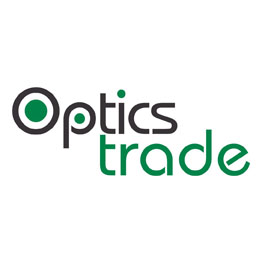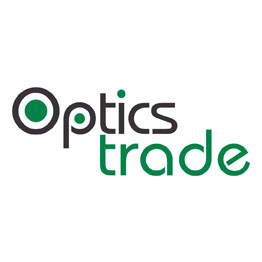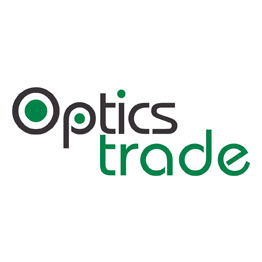Mounts
Compact Binoculars
Sub Categories
Compact binoculars are a versatile category of binoculars, a great choice for various outdoor activities. Even though they are not as small as pocket binoculars, they are considerably less bulky than 42mm objective lens binoculars. That makes binoculars suitable for sports, hiking, traveling, safari, camping, and even birdwatching and hunting.
The narrow objective lenses (28–36 mm in diameter) provide a small exit pupil, which is why observing in low-light conditions does not bear fruit – this type of binoculars are best used during the daytime. Binoculars easily fit into pockets of trousers or shirts and are very easy to hold in hands and carry around the neck.
There is no need to mount binoculars on a tripod because they are light – the shaking of hands isn't as noticeable as with bigger, heavier binoculars.
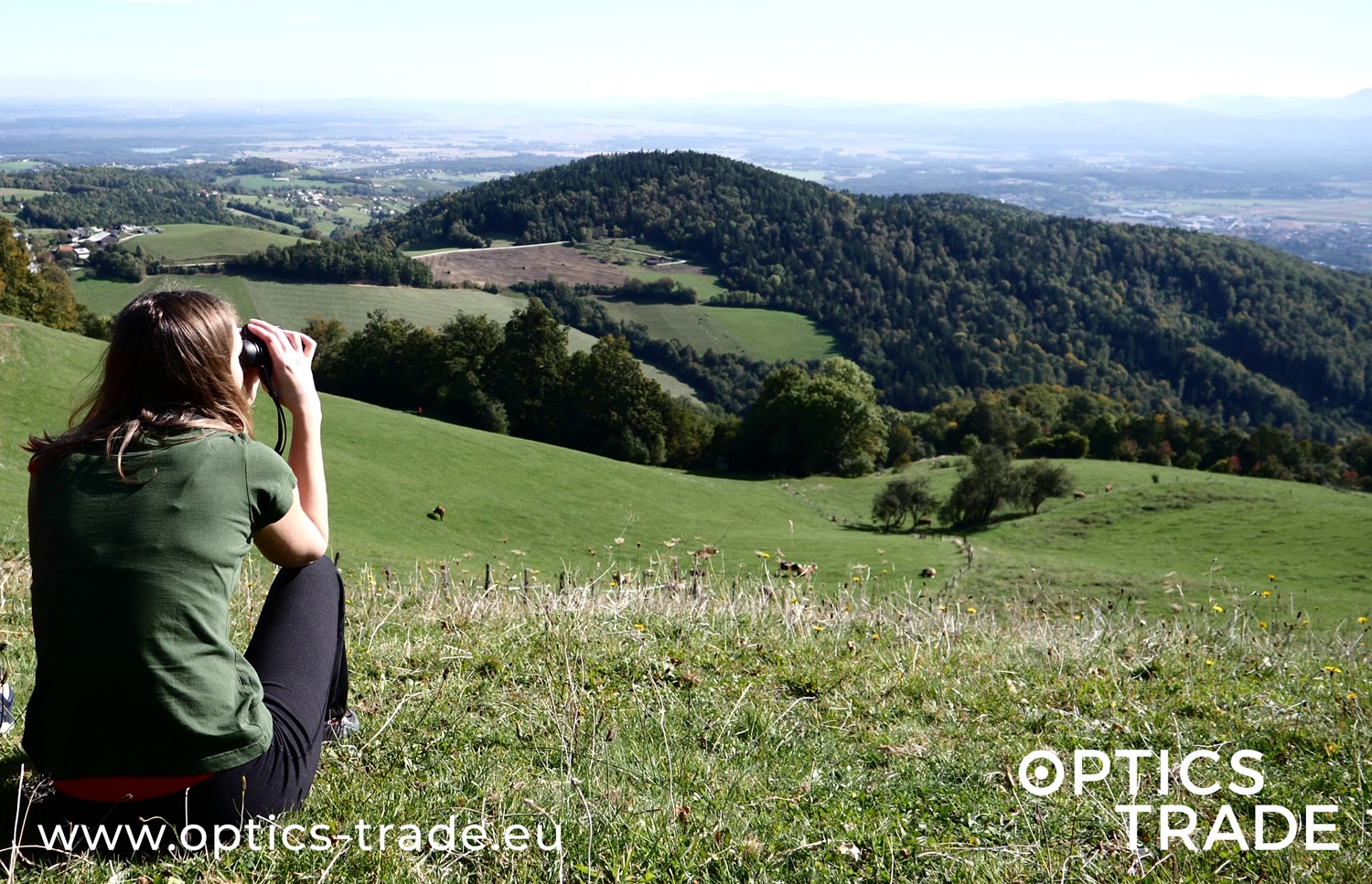
Features of Compact binoculars
-
binoculars are suitable for daytime observations
-
versatile
-
easy handling and carrying
-
easy to store
-
binoculars have a wider field of view
-
steady images
-
binoculars are not suitable for low-light conditions
The compact binoculars are great for
-
Hiking
-
Traveling
-
Camping
-
Sporting events
-
Bird watching
-
Hunting in the mountains
-
Safari
Binoculars for hiking
When you go hiking, you want your gear to be as light as possible. Carrying heavy equipment can be strenuous, especially if you plan to hike for a whole day or multiple days. In the mountains, where there are plenty of scenic viewpoints and interesting wildlife, having binoculars with you is a superb idea.
Compact binoculars are perfect for such occasions as they are light and small in size. They take up a small amount of space in a backpack.
On top of that, binoculars can be easily carried around the neck.
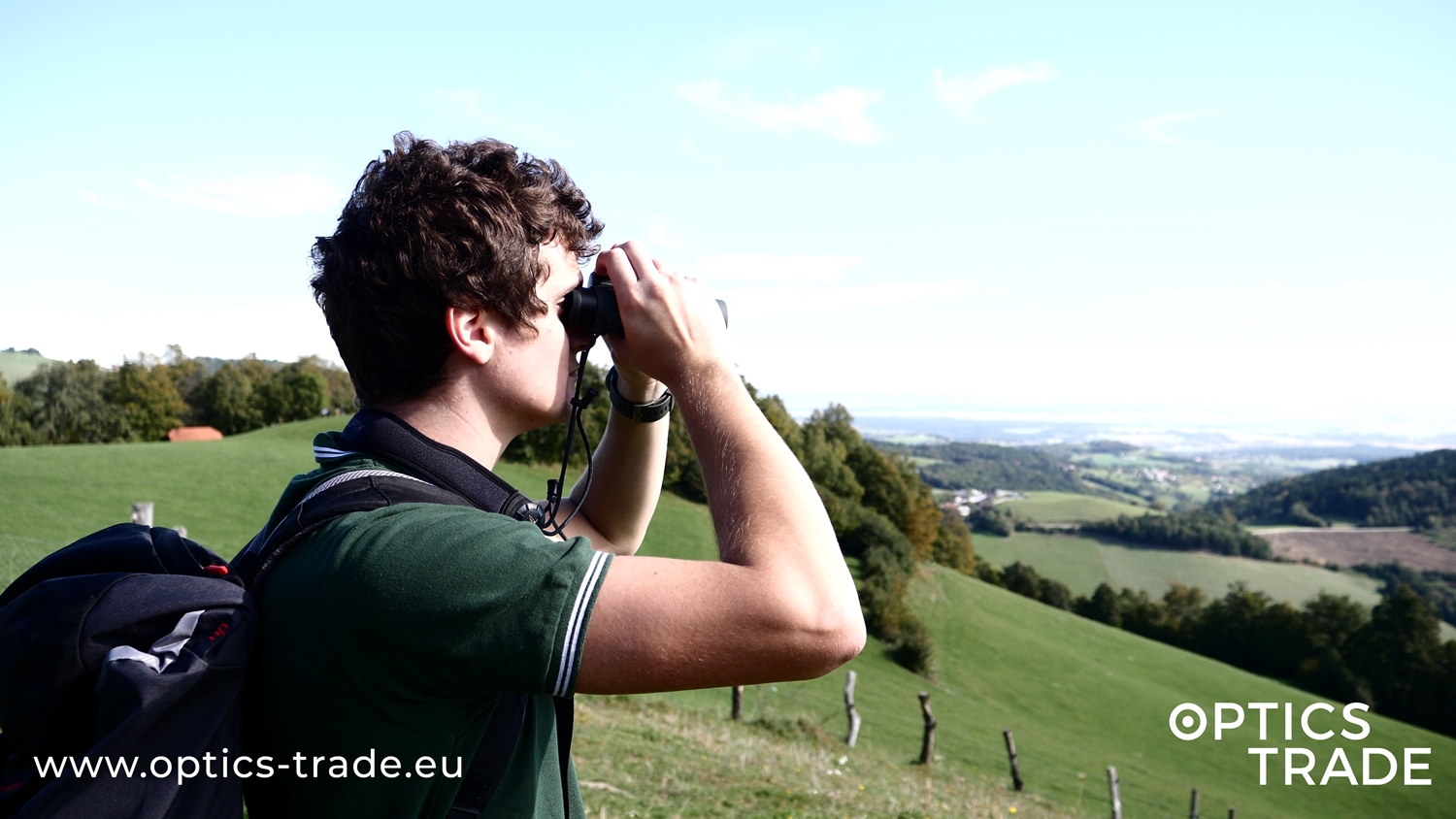
Binoculars for kids
Compact binoculars are a great gift for a child.
-
Firstly, children are fond of smaller binoculars because they do not weigh as much as standard binoculars.
-
Secondly, a short interpupillary distance can be set – children's faces are smaller than that of adults.
Only by setting a proper interpupillary distance can a child benefit from a full, clear image.
Binoculars for bird watching
Even though birdwatchers are fond of 42mm objective lens binoculars, they sometimes go for the compact ones as well – birdwatching takes place during the day, so the poor low light performance of compact binocular is not an issue.
Binoculars for hunting
As far as hunting is concerned, compact binoculars are mostly used for stalking in the mountains because they are extremely light.
They can easily be worn around the neck, making it easier to move in difficult terrain where having both hands free is incredibly beneficial.
They are not the best for the low light use, so 42mm and 56mm objective lens binoculars are much more popular among hunters.
Binoculars for sporting events
If you are a huge fan of a particular sport and like to watch live sporting events, consider buying a compact binocular.
When you are sitting or standing far away from the action, compact binocular will prove to be a worthy companion.
Binoculars for Safari
Many compact binoculars are of sand and grass colors which makes them blend with the surroundings better. Because they are light, carrying them around the neck is not a problem, even for longer periods of time.
For all these reasons, these types of binoculars are a great companion on safaris.
Compact binoculars vs 42mm Objective Lens Binoculars
Even though the 42mm objective lens binoculars are the most versatile ones, compact binoculars are advantageous in certain aspects. The most obvious advantages of compact binoculars are size and weight. Consequently, you can use them for longer periods of time.
The shaking of hands will not be as noticeable because your arms won't tire as quickly. Usually, this type of binoculars also provide a wider field of view. 42mm objective lens binoculars are considerably better in the dusk because of the wider exit pupil.

Compact vs Pocket Binoculars
Compact binoculars have a lens diameter of 28–36 mm – even though they are not bulky, they are bigger than pocket binoculars.
Pocket Binoculars
Pocket binoculars often feature a two-hinge design which makes them even more foldable than compact binoculars where a one-hinge design prevails. Nevertheless, compact binoculars are much more comfortable to use because of the wider eyepieces. These allow the user to press the binoculars against the face when observing.
Compact binoculars are a better choice for longer observations – with pocket binoculars, eye fatigue can occur when using them for too long. Both types of binoculars are not designed to be used in the dusk but the compact type of binoculars will provide a somewhat brighter image because of the bigger exit pupil. If you are a glasses wearer, go for compact binoculars.
Prism types in compact binoculars
The most common prism type used in compact binocular is a roof prism of the Schmidt-Pechan type. Porro prisms are known for their great light transmission rate – since light transmission rate is not of much importance with compact binocular, these prisms are scarcely found in compact binocular.
Even though the combination of a compact chassis and Porro prisms is rare, it is not non-existent. A great example of a compact Porro prism binocular is Swarovski Habicht 8x30 W.
Best compact binoculars
The best compact binoculars are produced by the renowned European sports optics manufacturers – Swarovski, Leica, and Zeiss. These companies have plenty of experience in this field, which is why both the mechanics and optics of their binoculars are top-notch.
They use high-quality coatings on the lenses to provide the user with the best optical experience possible.
You can get decent compact binocular even if you are not ready to spend a considerable amount of money, but we highly recommend that you spend at least 100 € to avoid disappointment.
In principle, there are four price classes when it comes to compact binocular
-
Under 100 €
-
100–300 €
-
300–500 €
-
500–1000 €
-
1000 €+
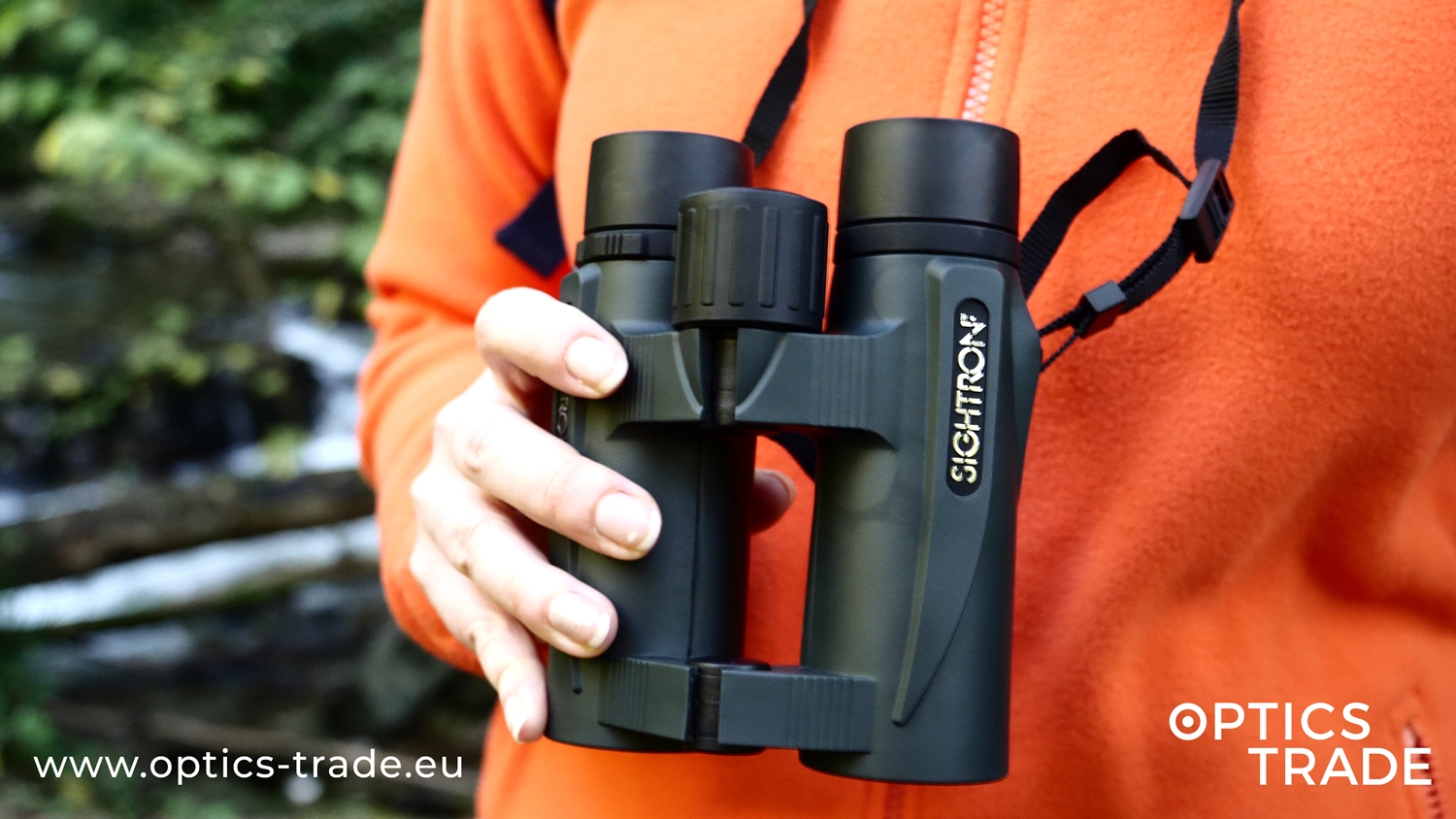
Read our Ultimate Compact Binoculars Buying Guide here.
A short presentation of Compact-Binoculars Buying Guide is available here.
Video and Slideshare presentation
Filters
Sort
Filters
Sort

